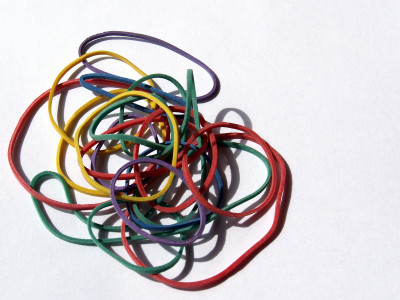Cable lacing technique 'Cable Racing' which is stronger and lasts longer than the binding band which NASA also adopts

'
The Lost Art of Racing Cable-The Broadcast Bridge-Connecting IT to Broadcast
https://www.thebroadcastbridge.com/content/entry/12400/the-lost-art-of-lacing-cable
The other advantages of cable racing are that it does not get in the way. When tying cables together, the tying band itself physically gets in the way. On the other hand, cable lacing is bundled with threads along the cable, so it hardly gets in the way. In addition, cable lacing can combine cables of any thickness with a single thread, eliminating the need for multiple sizes like tie bands.

Cable racing is easy. The following method is an example of a basic cable lacing with
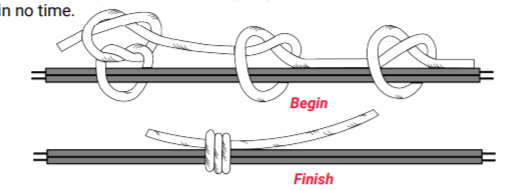
Connect cables with lock stitches at equal intervals from the start point to the end point, and run the yarn itself parallel to the cable.

Connect the lock stitch twice (left end, middle) and one square knot (right end) once so that the end point is in the opposite direction to the start point.
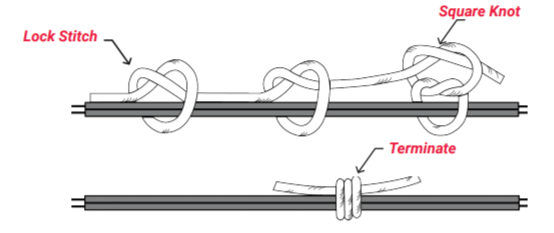
Even if the number of cables to be bundled changes in the middle, it is possible to bundle with one cable lacing.
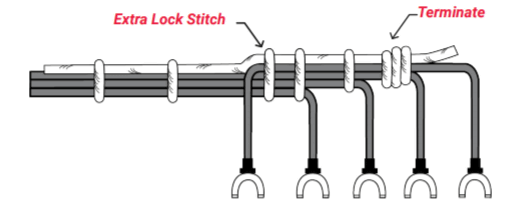
You can read the PDF which shows the detailed way from the following.
(PDF file)

The yarn used for cable racing is usually a waxed linen yarn, but there is no problem with yarns such as nylon, polyester, Teflon, and glass fiber. Cable Racing is also adopted by NASA.
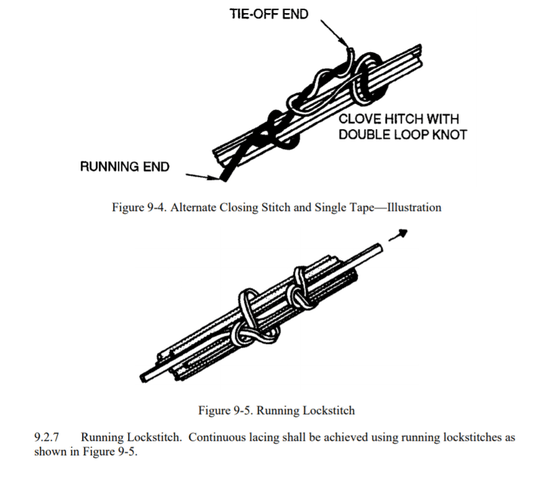
Although the appearance of cable ties has reduced the opportunity to look at cable racing, it still seems to be used in some applications because of its advantages.
Related Posts:
in Note, Posted by darkhorse_log






